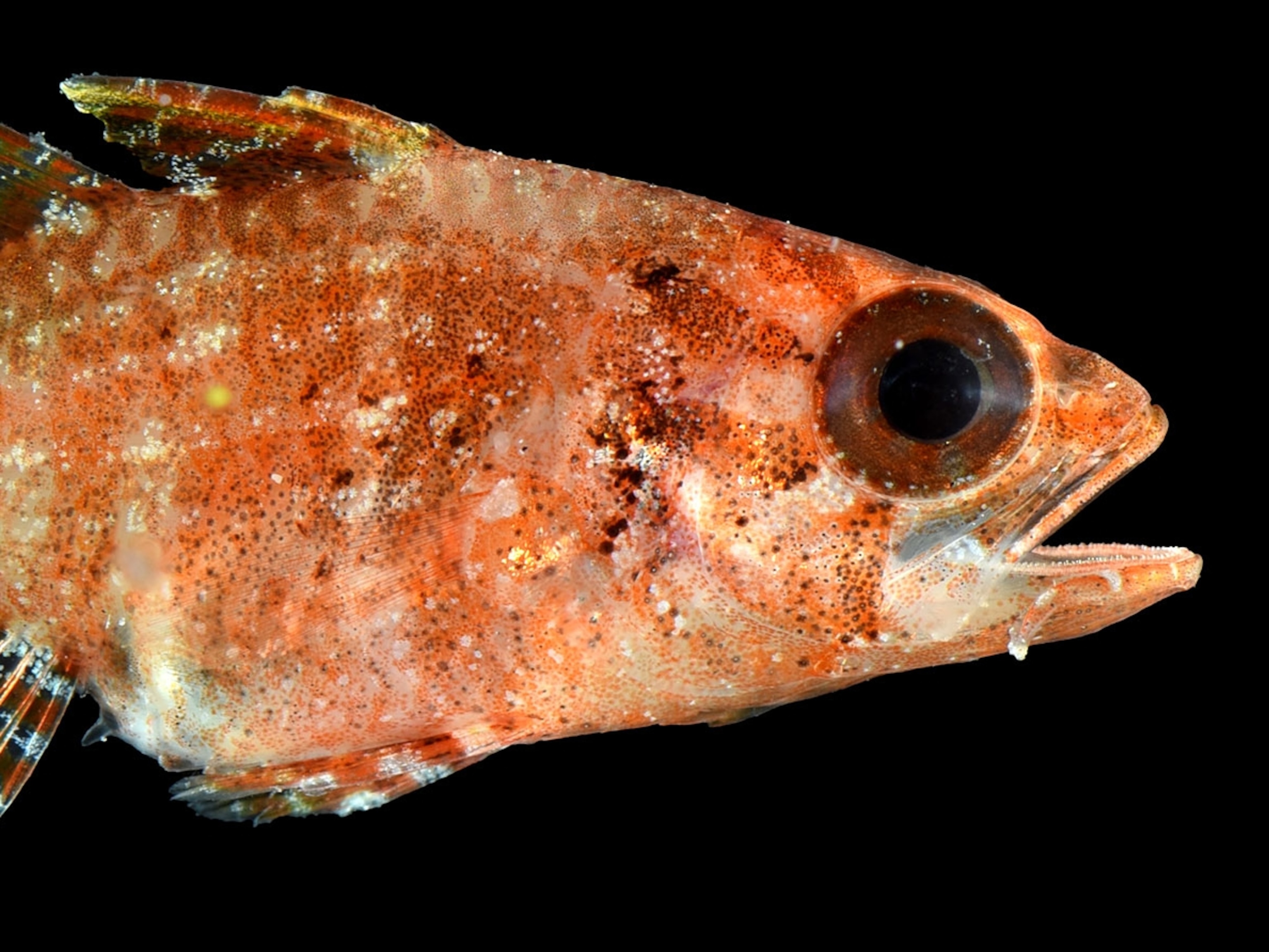Mysterious Purple Blob Found on Ocean Floor—What Is it?
A strange creature was found in the deep off California.
Scientists on the research ship E/V Nautilus discovered something strange on the bottom of the ocean this week: a small purple blob. They recovered the mass with a remotely operated vehicle and are trying to figure out what it is.
The purple blob was found deep in Arguello Canyon, near the Channel Islands National Marine Sanctuary off California. At first, the creature "stumped our scientists onboard," the team writes.
In the video of the moment the crew discovered the purple blob, the Nautilus scientists can be heard expressing their surprise, amid witty banter and chatter that calls to mind a vintage Saturday Night Live skit poking fun at NPR, or an episode of Mystery Science Theater 3000 (which is coming back!).
"We have like a dark purple blob on the left," a woman with what sounds like a British accent can be heard on the video.
"Blobus purplus," a scientist jokes.
"A teeny, tiny momma octopus?" Another researcher hopes.
"Oh, what is that?" Asks another scientist.
The team debates whether the blob could be a salp or a tunicate, or maybe "an egg sac of some sort."
"I'm stumped, I have no idea," someone says.
Controlling their remotely operated vehicle, the team moves to grab the blob, which they estimate to be roughly four centimeters across. But then a crab scuttles in their way, apparently making a play for the blob.
"We might be in an all-out battle here," someone says.
Eventually, the team is able to suck the blob up into a device that looks a lot like the hose of a vacuum cleaner. (See the adorable "sea bunny.")
With the blob captured, the team began studying it.
"After sampling, it began to unfold to reveal two distinct lobes," the team says. That's led them to think it's a pleurobranch, which are related to nudibranch, creatures National Geographic magazine once described as "snail kin whose ancestors shrugged off the shell millions of years ago, they are just skin, muscle, and organs sliding on trails of slime across ocean floors and coral heads the world over."
Pleurobranchs (see photos) and nudibranchs are soft sea slugs that come in a wide variety of shapes and colors. Some produce strong toxic chemicals as a defense.
These mollusks live in warm and cold water, on a variety of ocean surfaces. Most of them are about the size of a finger or hand. (Learn about the bright-pink sea slugs invading new areas.)
Led by National Geographic Explorer-in-Residence Robert Ballard, the E/V Nautilus plies the world's ocean in search of discovery. Ballard is best known for finding the wreck of the Titanic, as well as surveying deep-sea vents.
Investigations of the blob are ongoing. Could it indeed be a new species of sea slug? Several thousand species are already known to exist.





